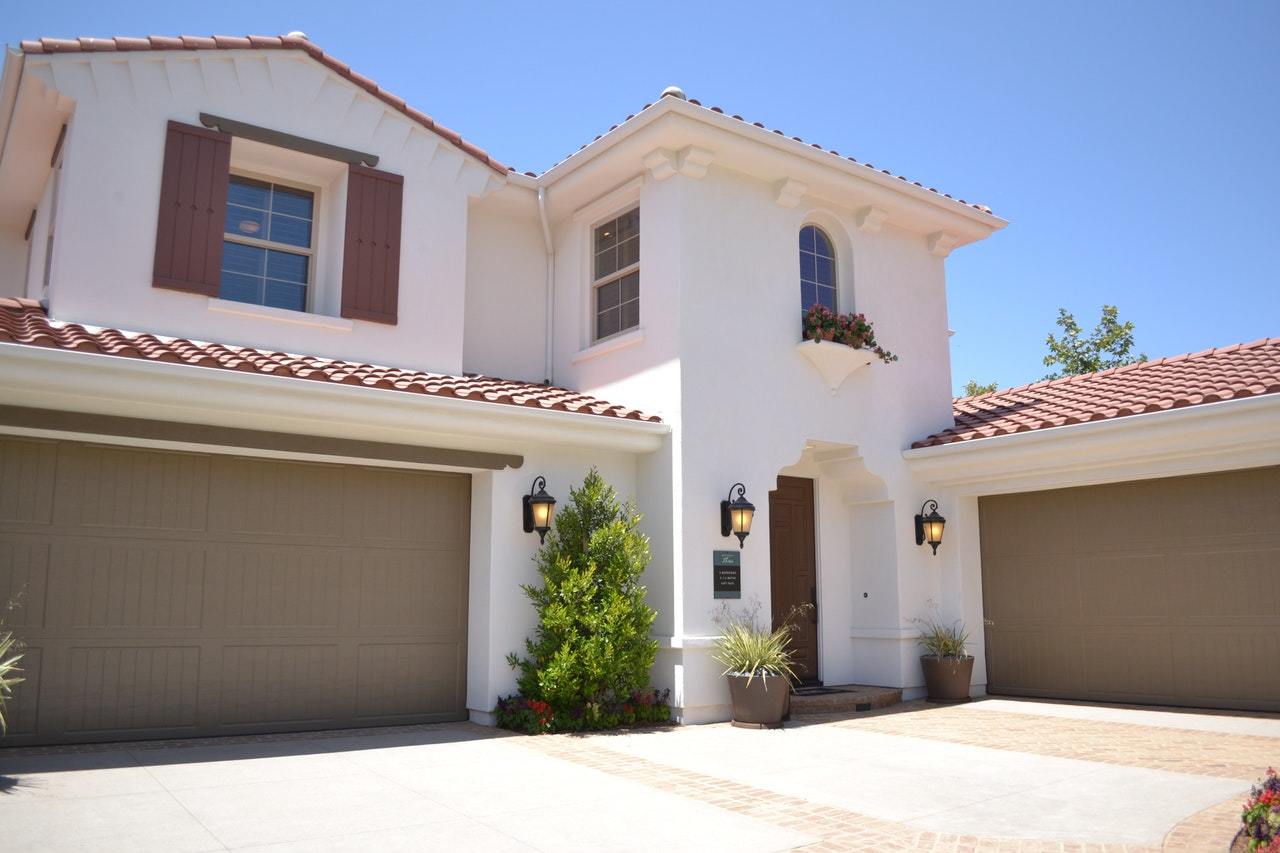An attractive, fashionable roof can add tremendous curb appeal to your home, while an eco-friendly roof can add lasting value. Combine these two characteristics into the ultimate roof replacement to not only improve your quality of life, but also receive significant benefits when you decide to sell your home.
Here are three materials to consider if you’d like to choose a roof that’s both ecologically friendly and fashionable.
1. Metal
Some homeowners have a visual idea of metal roofs as ugly because they’ve seen so many galvanized or bare steel roofs on barns and outbuildings. But a metal roof doesn’t have to be rusty, beat up and noisy. In fact, many metal roof products designed for homes are very attractive. So don’t let preconceived notions repel you from trying this eco-friendly material.
A metal roof can actually be made of one of several types of metal: copper, zinc, steel or aluminum. Some are even a combination of multiple metals. Galvalume, for example, contains steel, aluminum, and zinc. This popular material combines the properties of all three metal types to balance an attractive appearance with an affordable price and a long lifespan.
The main reason metal roofs are considered highly eco-friendly throughout their lifetime is because the metal doesn’t hold as much heat as asphalt and, in fact, reflects most heat and light away from your home. This helps to keep your home cooler. But life cycle factors make metal roofs even more eco-friendly.
A metal roof is likely to last much longer than a typical asphalt roof (some metal roof manufacturers even claim their products may never need to be replaced), which means you aren’t using up as much raw material per year to keep your roof in shape. And in addition, your metal roof may have up to 95% recycled content, unlike an asphalt shingle roof.
2. Clay or Concrete Tile
Tile roofs, like metal roofs, can increase the energy efficiency of your home and keep your roof and attic cooler. And because clay and concrete tiles have a long lifespan and can also be recycled, they’re considered an eco-friendly option.
Both clay and concrete tile are a popular choice for a variety of styles. The s-shaped tiles on a mission-style home is one of the most well-known looks, but you can also find clay and concrete tiles in a wide range of other shapes, colors and sizes.
3. Slate
Slate possesses an earthy yet elegant look. Although it does use up a non-renewable resource and isn’t made of recycled material like concrete tile, it’s still considered an eco-friendly option. Slate isn’t processed like asphalt roofing, and it provides nearly infinite possibilities for re-use after its lifespan is over.
And speaking of lifespan, slate roofs can have a very long life, which is a point in its favor both for budget purposes and for environmental purposes. Sometimes, nothing but authentic slate will do. And you may be able to get around the use of virgin materials by looking for reclaimed slate in your area.
You have to be careful to buy high-quality slate, though. Some types of slate (the lower-quality varieties) may crumble faster and may have a lifespan as short as 20 years. Choosing top-of-the-line slate, with a lifespan of 200 years or more, will help ensure that your roof covering doesn’t need to be replaced again this century.
These three roof options can provide classic, always-popular roof styles for your home and increase the curb appeal and property value. Just be sure to choose a neutral color for the roof, unless you choose a roof material that you can easily repaint when you put the house on the market (such as a metal roof).
For more information about popular and environmentally friendly roof options, get in touch with SUNVEK today. We offer installation services for many types of roofing, as well as professional repairs and roof upkeep for homeowners and businesses.


